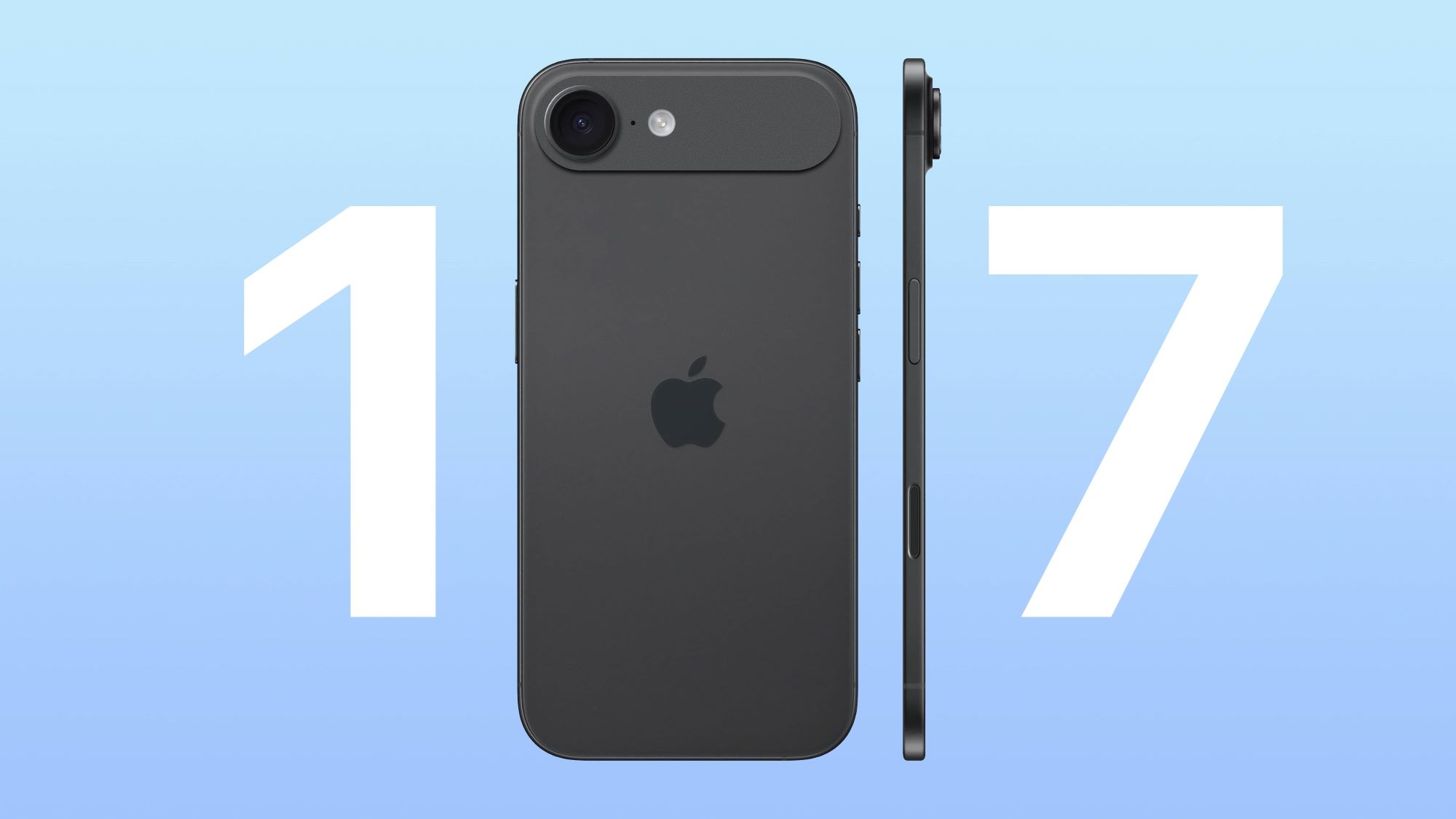Amazon is making aggressive moves to challenge Nvidia’s dominance in the artificial intelligence chip market. This intensifying rivalry has significant implications for the future of AI, cloud computing, and the tech industry as a whole. With Amazon pouring billions into its own custom-designed chips, the competition is set to reshape the landscape of AI hardware.
This isn’t just another tech rivalry; it’s a battle for control of a critical component powering the AI revolution. Why is Amazon, known for e-commerce and cloud services, suddenly so interested in making chips? The answer lies in the explosive growth of AI and the skyrocketing costs associated with it. As Amazon expands its AI ambitions, reducing its reliance on Nvidia and gaining control over its own hardware destiny has become a strategic imperative.
The Stakes are High:
- Cost Reduction: Amazon’s cloud computing division, Amazon Web Services (AWS), is a major consumer of Nvidia’s expensive GPUs. By developing its own chips, Amazon aims to significantly reduce these costs, potentially leading to cheaper AI services for its customers.
- Performance Optimization: Custom-designed chips can be tailored to Amazon’s specific needs and workloads, potentially offering performance advantages over general-purpose GPUs.
- Strategic Independence: Relying on a single supplier like Nvidia creates a vulnerability. Developing in-house expertise allows Amazon to control its supply chain and reduce its dependence on external vendors.
Amazon’s AI Chip Arsenal:
Amazon’s chip development efforts are spearheaded by Annapurna Labs, a company it acquired in 2015. Their primary weapons in this chip war are:
- Trainium: Designed for AI model training, Trainium chips aim to accelerate the process of developing and refining AI algorithms.
- Inferentia: These chips are optimized for inferencing, the process of using trained AI models to make predictions and decisions.
Amazon claims that its latest generation of these chips, Trainium2 and Inferentia2, offer significant performance and cost improvements over previous versions and even outperform comparable Nvidia offerings.
The David and Goliath Dynamic:
While Amazon is a formidable tech giant, challenging Nvidia is no small feat. Nvidia has been a pioneer in the GPU market and enjoys a strong reputation for performance and innovation. However, Amazon has several advantages:
- Massive Scale: AWS is the world’s leading cloud provider, giving Amazon a huge platform to deploy and test its own chips.
- Deep Pockets: Amazon has the financial resources to invest heavily in research and development, allowing it to catch up with Nvidia’s technological edge.
- Vertical Integration: Amazon can tightly integrate its chips with its cloud services and software, potentially creating a more optimized and seamless experience for users.
The Wider Impact:
This rivalry extends beyond just Amazon and Nvidia. Other tech giants like Google, Microsoft, and Meta are also investing in their own AI chips. This trend towards vertical integration could lead to:
- Increased Innovation: Competition often drives innovation, leading to faster and more efficient AI chips.
- Lower Prices: Increased competition could lead to lower prices for AI hardware and services, making AI more accessible to a wider range of businesses and researchers.
- Greater Choice: Customers will have more options to choose from, allowing them to select the best chip for their specific needs and budget.
My Perspective:
Having closely followed the evolution of AI hardware, I believe Amazon’s entry into the AI chip market is a game-changer. While Nvidia currently holds the crown, Amazon’s vast resources and strategic advantages make it a serious contender. This competition will ultimately benefit the entire AI ecosystem by driving innovation and making AI more accessible.
However, it’s important to remember that developing high-performance AI chips is a complex and challenging endeavor. It remains to be seen whether Amazon can truly match Nvidia’s technological prowess and gain widespread adoption for its chips.
Looking Ahead:
The AI chip battle is still in its early stages, but it’s already clear that Amazon is committed to becoming a major player in this space. As both companies continue to innovate and push the boundaries of AI hardware, we can expect to see even more exciting developments in the years to come. This competition will undoubtedly shape the future of AI and determine how this transformative technology is deployed and utilized across industries.
Amazon’s challenge to Nvidia is a testament to the growing importance of AI chips in the tech world. This rivalry is not just about market share and profits; it’s about shaping the future of AI and determining who will control the critical building blocks of this transformative technology. As the battle for AI chip supremacy intensifies, one thing is certain: the future of AI is going to be very interesting.




